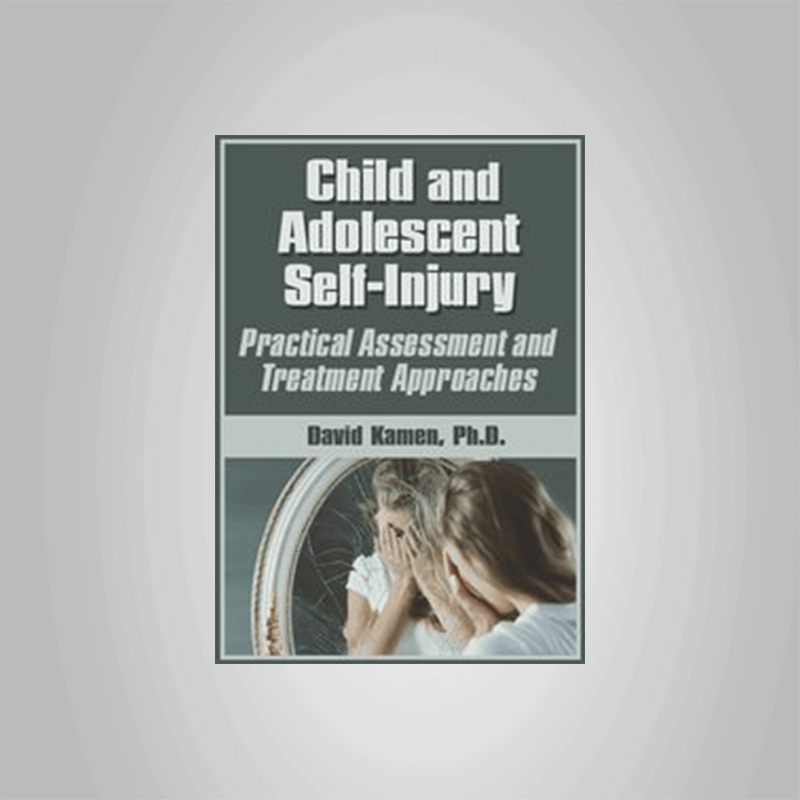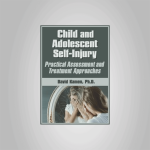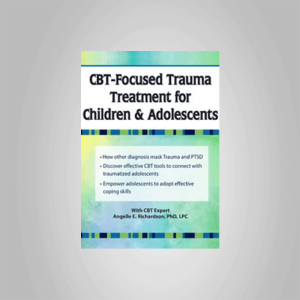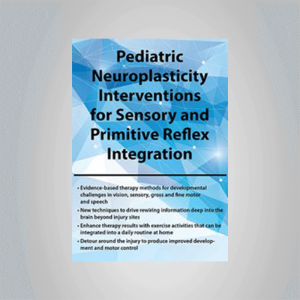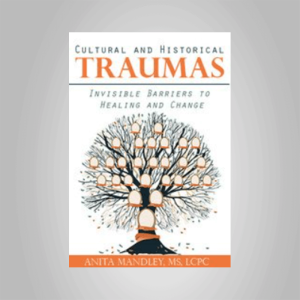David G. Kamen – Child and Adolescent Self-Injury: Practical Assessment and Treatment ApproachesDescriptionChildren and adolescents who deliberately inflict physical pain and injury to their bodies vary in terms of their motives and self-harming methods. Feeling shame and embarrassment, these children may privately console themselves, or befriend other self-injurious peers—which can further intensify the lethality and suicidal intent of their acts. As a result professionals who work with youth who self-injure find it to be one of the most challenging of psychological and behavioral issues.Mental health professionals, pediatricians, school counselors and teachers, and youth workers have all conveyed that they feel ill-equipped to help these children. Further still, self-harming children may be experiencing any number of psychiatric disorders—from Major Depressive Disorder, to Obsessive-Compulsive Disorder, to bulimia and anorexia, to alcohol and substance abuse.This recording will thoroughly educate mental and medical health professionals, school counselors and teachers about the assessment and treatment of youth self-injury. Evidenced-based reviews, complete with case examples, will explain the theoretical, historical and cultural reasons for this problem. Practical approaches for individual and group psychotherapy, with resources to help professionals advocate for these children, will be offered.To help you formulate a comprehensive treatment plan, specific interview questionnaires and note-taking methods will be discussed. Well-established motivational interviewing, family therapy and play therapy techniques will be covered with step-by-step instruction and demonstration. Watch this digital seminar and build your confidence that you can identify and effectively treat this damaging condition.HandoutsManual (Part 1) – Child and Adolescent Self-Injury (1.85 MB) 83 Pages Available after Purchase Manual (Part 2) – Child and Adolescent Self-Injury (5.12 MB) 211 Pages Available after PurchaseOutlineThe Theory, History and Cultural Origins of Youth Self-InjuryHistory of youth self-injury, with cross-cultural comparisons of the problemCognitive-behavioral, psychodynamic, family systems, feminist and neuropsychological perspectives on youth self-injuryComparative analysis of suicidal, para-suicidal and non-suicidal self-injuryEmpirical Review on Youth Self-InjuryEpidemic facts on the incidence and prevalence of youth self-injuryPsychiatric and medical comorbidity associated with youth self-injury, including:Reactive Attachment disorderObsessive-Compulsive DisorderPost-Traumatic Stress DisorderMajor Depressive DisorderDisruptive Behavior DisordersCase study reviewSigns of Self-InjuryTypes of self-injurious behaviors in children and adolescenceBehaviors that should be a “red flagâ€Who is most at risk of developing self-injurious behaviors?Clinical onset, development and prognosis of injurious behaviorsIndividual emotional and cognitive causes of self-injurious behaviorDeep psychological sources of self-injury, including masochism and narcissismFamily conflict, peer pressure and social contagion that causes self-injuryThe Clinical Assessment of Youth Self-InjuryGeneral diagnostic interview and mental status examinationSuicidal and lethality risk assessmentPersonality assessmentNorm-referenced youth self-injury inventories for:objectively measuring self-injury risk and protective factorssuicidal thoughts, emotions and attitudesCollateral interviews with parents, teachers and other health care professionalsDiagnosing self-injurious behaviorMood DisordersObsessive-Compulsive DisorderPost-Traumatic Stress DisorderAttachment DisorderBorderline Personality DisorderBipolar DisorderThe Treatment of Youth Self-InjuryEthical considerations, including confidentiality and duty-to-warn policiesTreating the behavior as an addiction and as an obsessive-compulsive featureThe 4-Step Assessment and Treatment Approachemergency triage and case conceptualizationfunctional analysis of self-injury behaviors and reinforcementsMotivational Interviewing—to treat self-injury as an addictionExposure Therapy—to treat obsessive-compulsive features of self-injuryCounseling Techniques“No talk†Play therapycognitive-behavioralpsychodynamicfamily systems counselinggroup psychotherapy approachesdynamicexistentialcognitive-behavioralPharmacotherapycommonly prescribed medicationswhen to send out a referralcontraindicationsCoordination of care with educators, medical and mental health care professionalsdeveloping a collaborative team of professionalsrelapse preventionTips for professional self-care—to prevent you from getting vicarious traumatizationExamination of community resources and referencesWhat You Will LearnLearn the epidemic facts on youth self-injuryExamine the historical, cultural and theoretical perspectives on youth self-injuryOutline the spectrum of self-injurious behaviors in children and adolescentsRecognize and be able to distinguish between suicidal, para-suicidal and non-suicidal self-injurious behavior in children and adolescentsDiscuss self-injury etiology, assessment and intervention/prevention issuesUnderstand the psychiatric disorders of the children who self-injureExamine evidence-based reviews and practical approaches for the hospital, therapy room, school, and communityDiscover how to use play therapy, including art therapy, sand-tray therapy, journaling methods, music and crafts to build self-esteem and confidence in youth who self-injureDiscover Internet resources to further develop self-injury assessment and therapy skills demonstrated during this seminarDiscover ethical risk-management methods, to effectively advocate for youth who self-injure, to minimize professional risks and maximize outcome for your clientsDiscuss case studies relevant to the treatment of self-injuryFacultyDavid G. Kamen, PH.D.David Kamen, Ph.D., is a clinical psychologist licensed in New Hampshire and Massachusetts, where he works regularly with adults, adolescents, and children who engage in self-injurious behavior. He has worked with professionals and educators through his practice, and through his work in community mental health and emergency room settings. In full-time practice for many years, Dr. Kamen has been counseling self-injurious patients through individual and group therapy formats, using psychodynamic, cognitive-behavioral and family systems approaches.Dr. Kamen has also served as a forensic psychologist to address the issues of self-injury in victims of child abuse and neglect. His research has been presented at the International Society for the Study of Self-Injury (ISSS), the American Psychological Association (APA), Saint Anselm College of Nursing, Continuing Education, and featured in The International Journal of Behavioral Consultation and Therapy, as well as The New Hampshire Trial Bar News. Dr. Kamen has been teaching continuing education workshops on the treatment of self-injury since 2009, and is currently writing a book on self-injury.Speaker Disclosures:Financial: David Kamen has an employment relationship with The Counseling Center of Nashua. He receives a speaking honorarium from PESI, Inc.Non-financial: David Kamen is a member of the American Psychological Association.
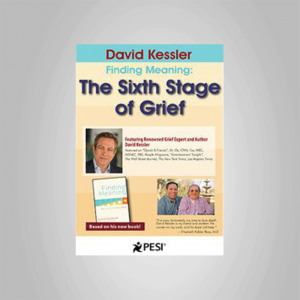 David Kessler – David Kessler: Finding Meaning: The Sixth Stage of Grief
₹5,810.00
David Kessler – David Kessler: Finding Meaning: The Sixth Stage of Grief
₹5,810.00
 David DeAngelo – Dating Advice “Mega Vaultâ€
₹11,454.00
David DeAngelo – Dating Advice “Mega Vaultâ€
₹11,454.00
David G. Kamen – Child and Adolescent Self-Injury: Practical Assessment and Treatment Approaches
₹5,810.00

